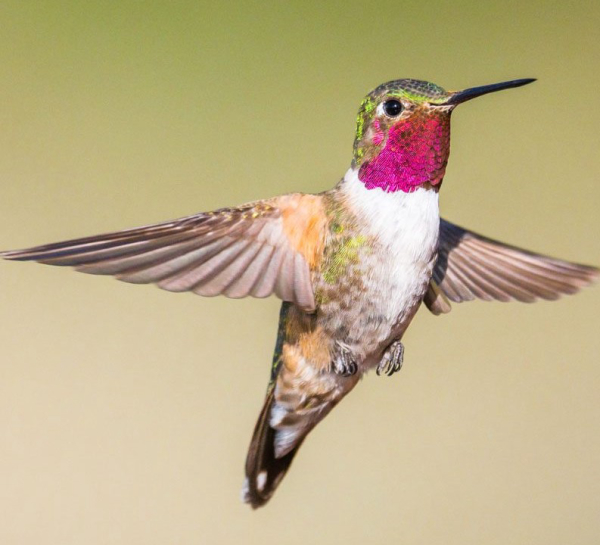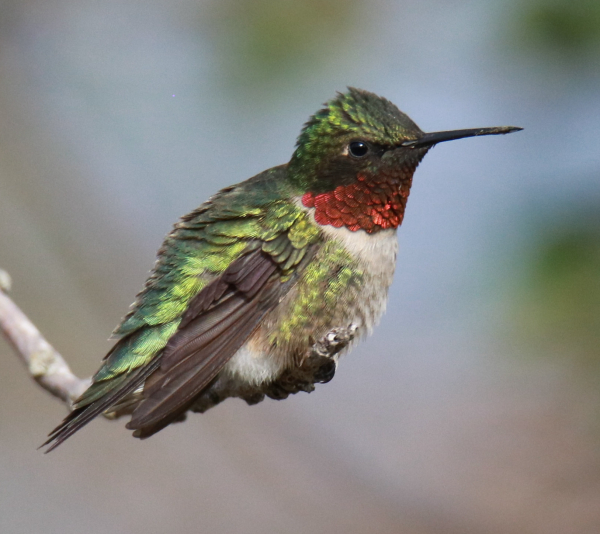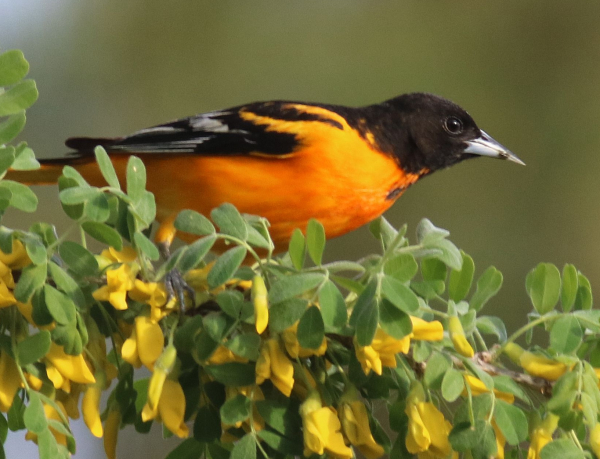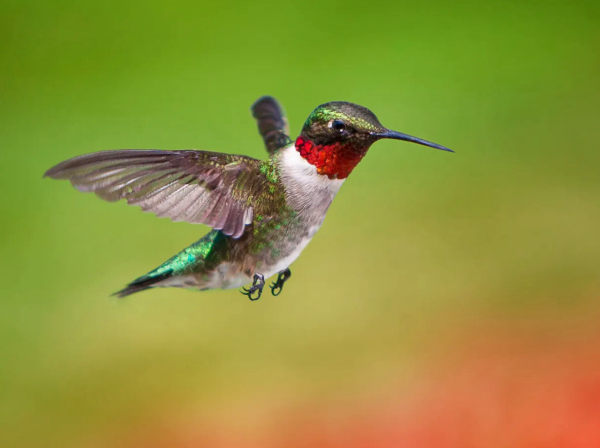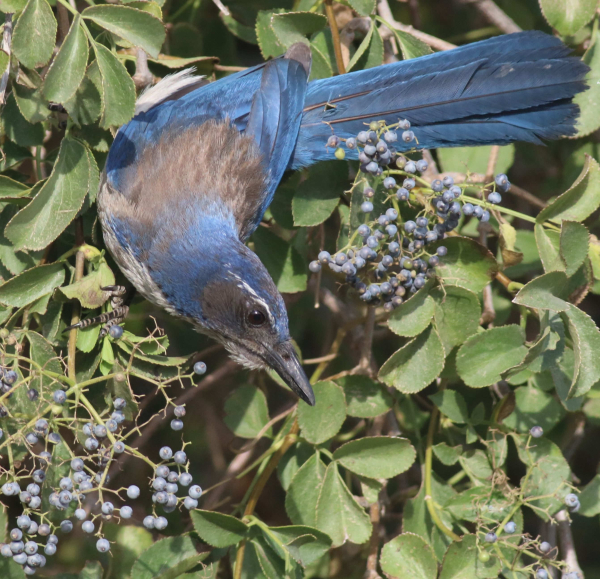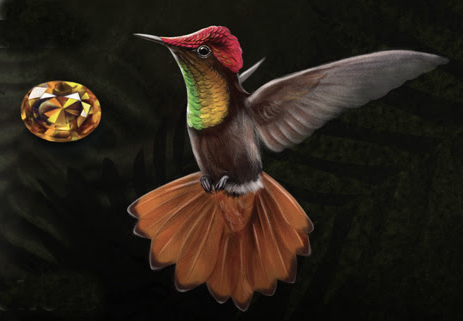Simple Summer Landscaping Options
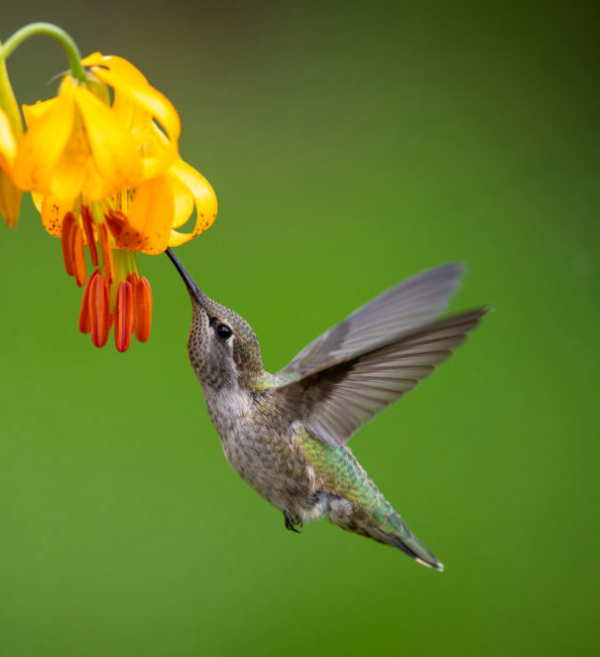
It’s the peak of growing season in most areas of the country, so it’s a great time to appreciate the rewards of your landscaping efforts – your trees, shrubs, grasses, and flowers. There are more flowers yet to come, and your garden probably has some more growing to do, but it’s a great time to supplement your flowers, add a bit more color to your yard in a variety of ways, and make your yard even more bird friendly. But keep it simple this time, simple with big rewards.
Simple changes are easy: Few tasks are easier than digging a shallow hole to plant a new shrub, or turning a garden spade to add or transplant some new plants. It’s even easier to let decorative areas of lawn grow unmowed to break up the monotony of low mowed lawn, while at the same time an area of longer grass provides over for birds to dive into when needed, and the seeds produced will also provide a bit of food, if not now, then during fall, winter, or even spring when doves, native sparrows, towhees, thrashers, and others use the “new habitat.” Try starting with a small area, maybe an island of longer grass, a peninsula jutting out from bushes, or 2 feet of longer grass surrounding a tree.
Each year we whittle away at our mowed lawn, and we like how the longer grass adds a different shade of green, adds tranquil motion when the wind blows, and inserts a new texture and touch of nature we didn’t have before. We also let a perimeter of grass grow long around each tree in our yard to add a different, more lush look. It’s been said that there are 40 million acres of mowed lawn in the United States; as birders, many of us are thinking beyond monotonous expanses of mowed lawn.
A more time-consuming summer option, but one many birders interested in gardening are embracing is to take a look at what local native plants you find attractive, especially flowering plants that offer some bird food qualities too. You can probably transplant a few interesting native flowering plants from out of the way public roadside ditches, but you may have some better transplant ideas too. You may even have a native plant greenhouse in your area where you can do some shopping.
It’s a good time to take a second look at your current flowering plants – what’s flowering, and what will the days of July and August produce – more or fewer flowers? It’s always fun to drop by a greenhouse or another plant supply store to see what’s in bloom now. Whenever possible, emphasize additions of red, pink, orange, and yellow flowers for hummingbirds. It’s not too soon to get flowering plants established for post-nesting visits of hummingbirds that will build in number into migration season in September. Then too, you can always expand existing garden areas, or add a new flower garden plot to an “empty corner” of your yard.
Don’t underestimate the “pop” that potted flowering plants, or even a small flowering bush in a large pot can add to your patio, balcony, porch, or even your feeding station. It’s always fun to introduce colorful pots filled with a variety of colorful flowers. Decorative pots can add design, style, and color to select locations, and they can attract hummingbirds – especially if you have red tubular flowers – but other birds will search for insects on the plants’ leaves, stems, and flowers too. We like can also position 3 pots of differing heights and shapes together to add dimension and a point of interest in a couple areas of our yard. A true bonus to utilizing potted plants is that they are easy to move to another location. At this time of the summer, your spring plantings may be flourishing; but if not, now you can always replant if you lose a plant or if a plant’s flowering season has
passed. At the peak of the growing season, we can enjoy the beauty we have created in our yards, and we can do a few simple things that will benefit birds in the coming months.
At the peak of the growing season, we can enjoy the beauty we have created in our yards, and we can do a few simple things that will benefit birds in the coming months.
We also like to emphasize planting some food-producing plants for birds, especially black oil sunflowers, which are large plants that produce a huge circular head of seeds, preceded by a huge yellow sunflower flower. This is a great project to share with children, and while it may be late to plant seed, greenhouses often sell flowering sunflowers during mid-summer. It’s great fun to provide birds with sunflower seeds left on the plant, where they can harvest their own seeds from the big sunflower heads. The more sunflowers you plant, the longer they will attract and benefit birds; and the seeds should mature in time to entice fall migrants.
Continuing with the simple theme, consider adding a natural perch or 2 – a decorative piece of driftwood, a log, or a boulder. These elements break up the landscape and provide focal elements that draw your eye to locations in your yard. You can even “plant” an attractive branch horizontally, anchoring it in the ground, to provide a perch for birds. You will especially appreciate the perches when kingbirds or other flycatchers use the location to “hawk” insects from, and when territorial wrens and other songbirds choose them to sing from.
Then too, take a look at your basic elements of backyard birding at your feeding station – your feeders, individually and collectively, your bird bath or another water feature, and consider if something is missing, if something needs an upgrade, or if something needs a good cleaning. Summer foods and fresh water are just as important as when you provide these important elements during winter; and during summer it’s easier to keep the area looking like a part of your yard’s natural appeal. You can even brighten up your feeding station by positioning some potted plants in strategic positions, or give some thought to another way of “decorating” the area.
Certainly, landscaping for birds is many-faceted and for many of us it’s a year-round endeavor, or at least it serves us – and the birds – year-round. But as we reach the mid-point in this year, 2022, it’s a convenient time to check out spring landscaping improvements we’ve made, consider adding some summer additions, and make our yards attractive to birds throughout the coming months. Keep in mind, it’s not only a personal improvement; it’s really your contribution to the collective improvements all birders can make, and are making, that add up to be a real conservation boost for birds. At the same time, take time to sit back and relax whenever possible, absorbing the aesthetic qualities of the yard you have created and continue to improve, including the birds you have attracted and benefitted in the process.



